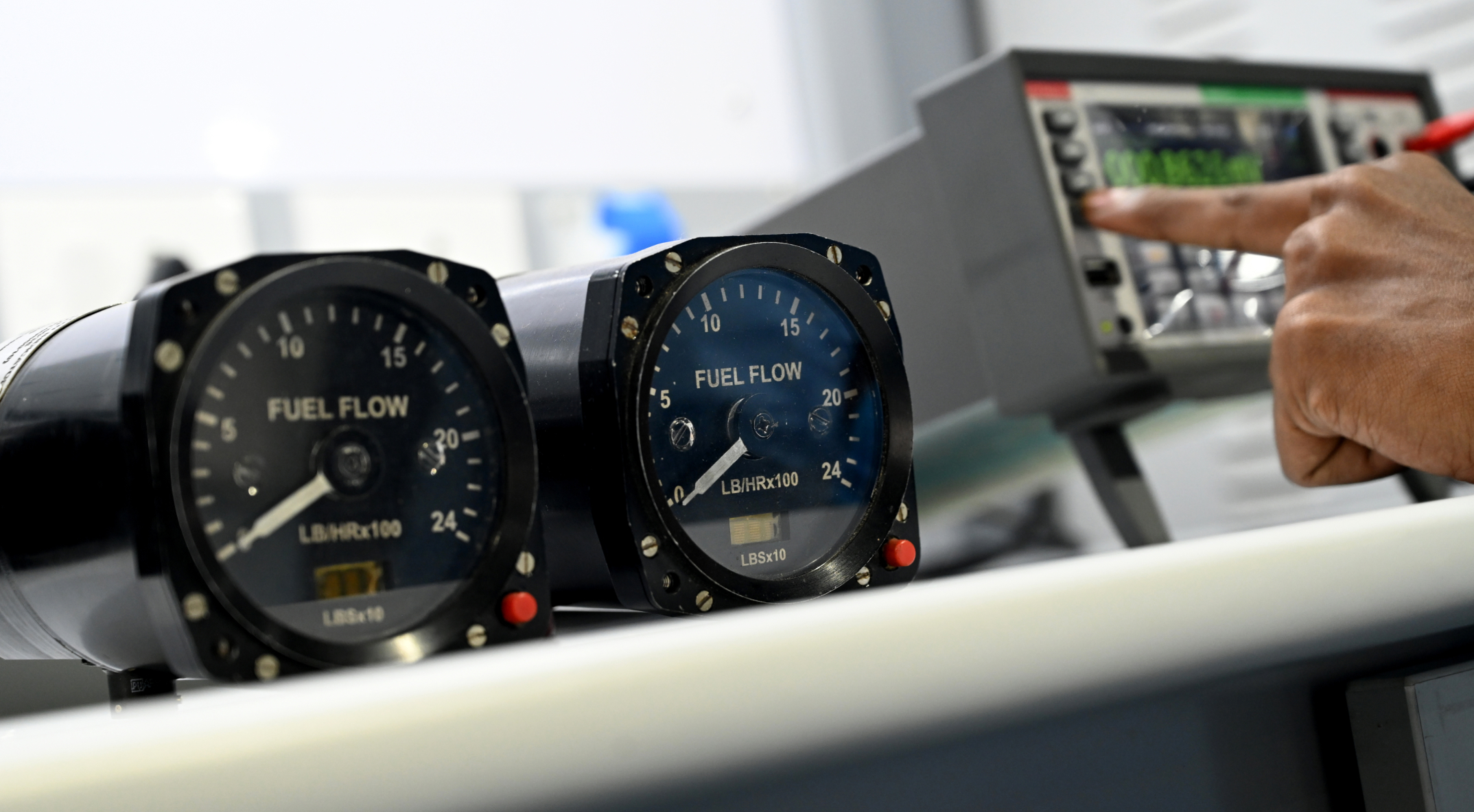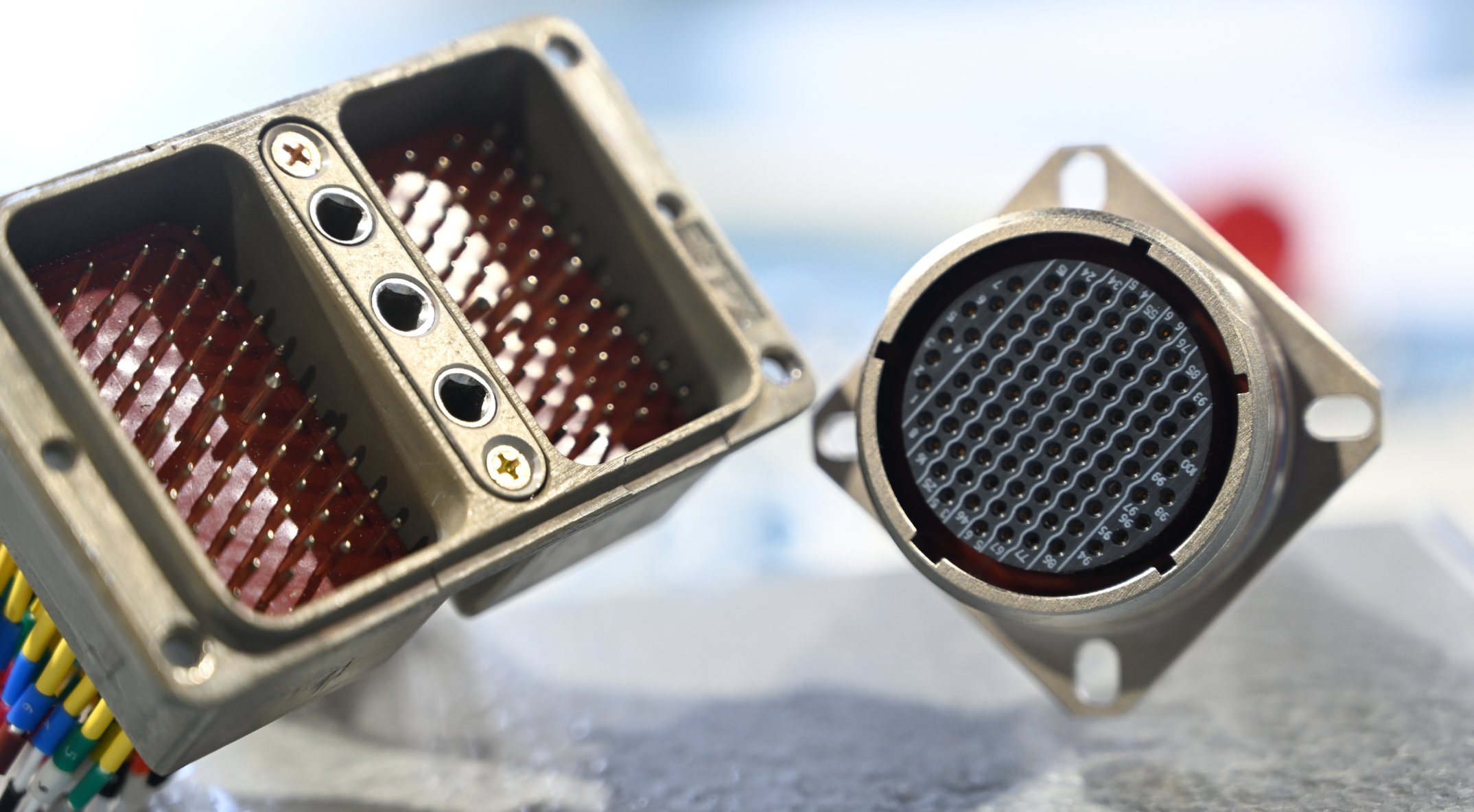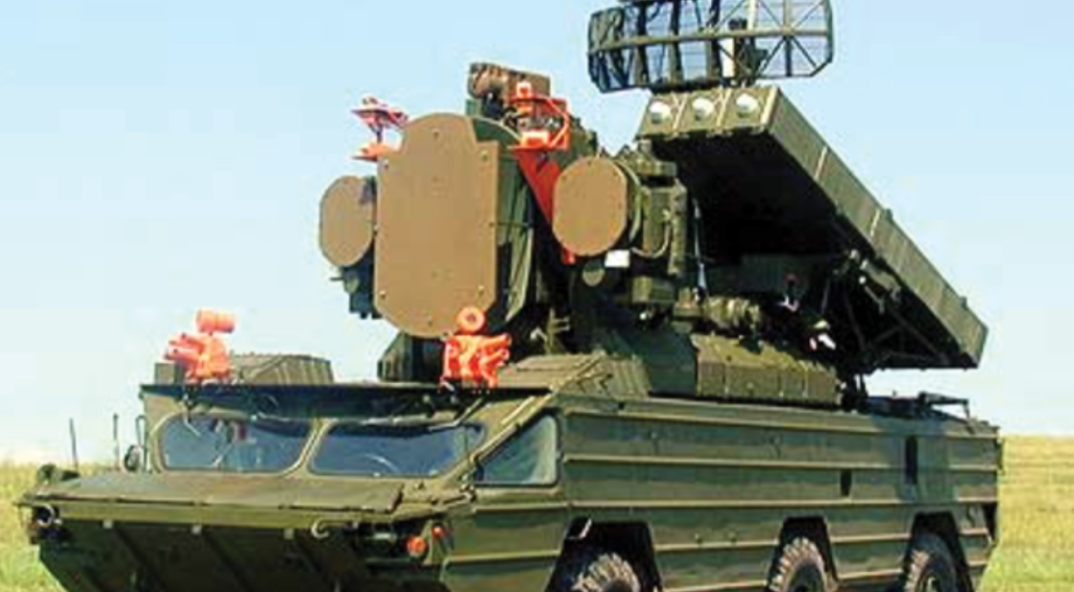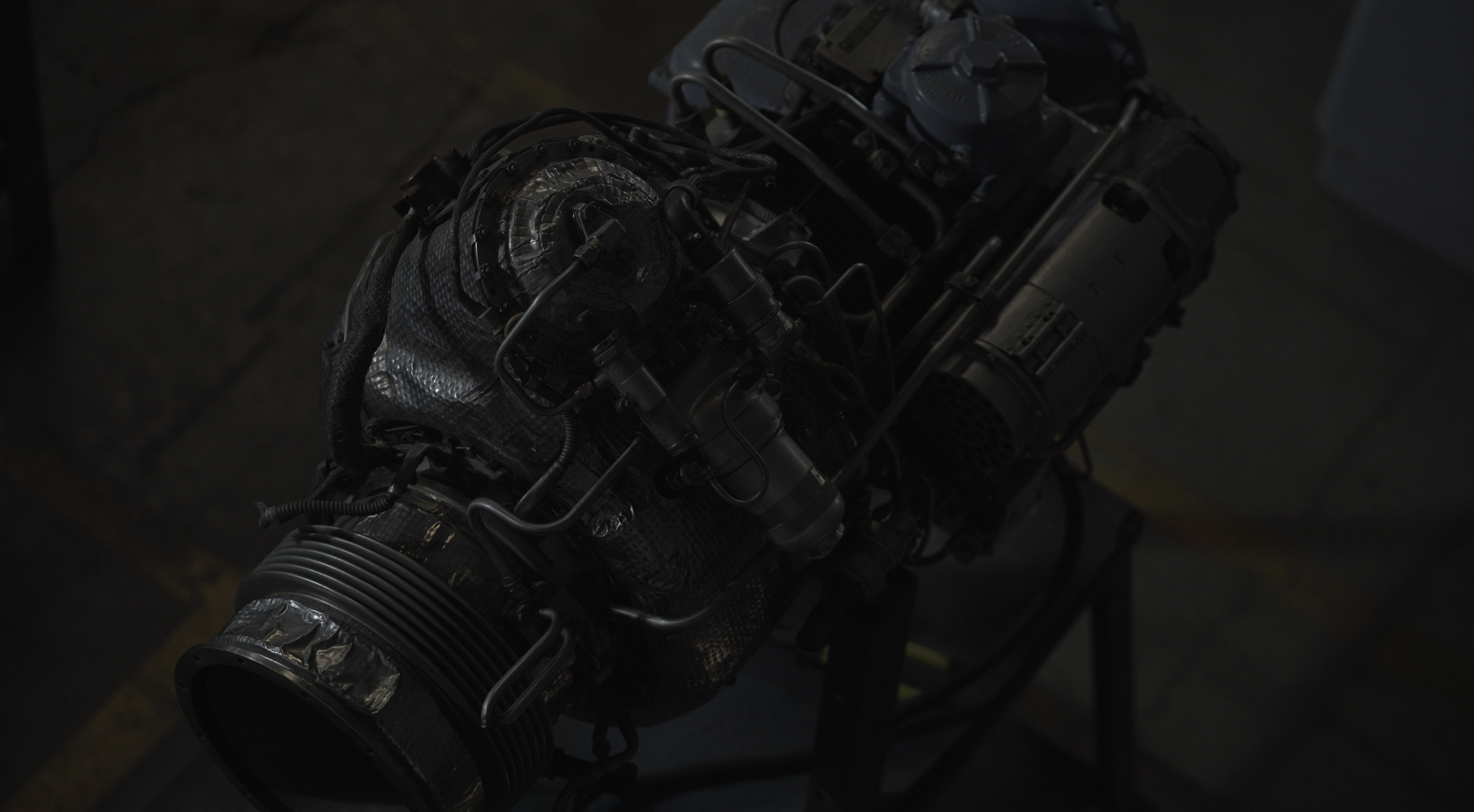Undercarriage Display Unit (UCDU) Test Jig for Fighter Aircraft
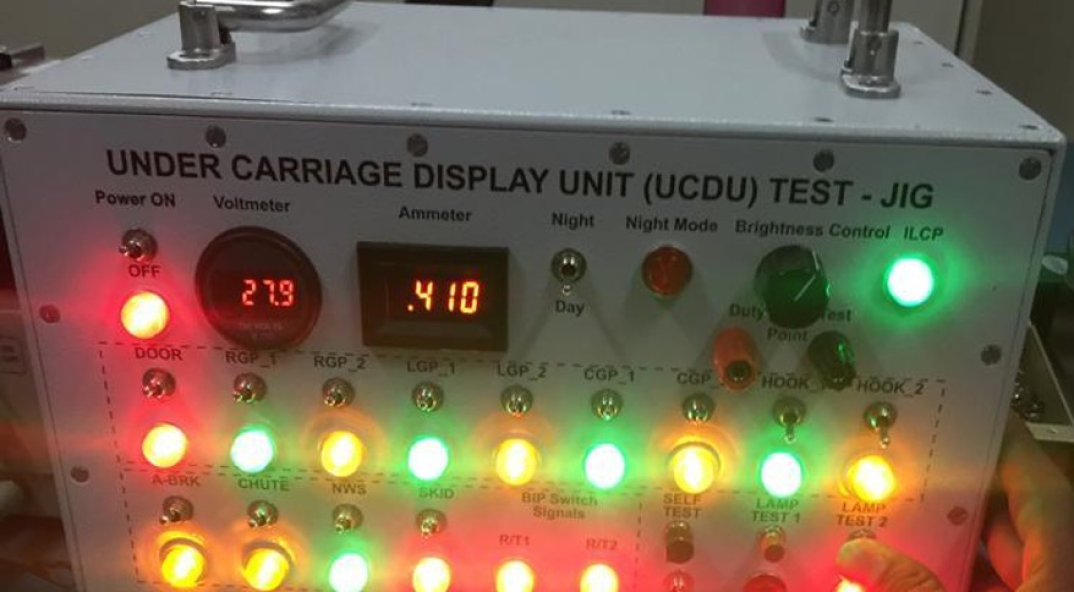
Development Background
The Need for UCDU Testing in Fighter Aircraft
For fighter jets, the landing gear system, and its corresponding display unit are critical for safe takeoffs and landings. The Undercarriage Display Unit informs the pilot of the landing gear’s status, including whether it is extended or retracted. Any failure or inaccuracy in this system can lead to disastrous consequences, particularly during high-speed landings.
The UCDU Test Jig was developed to simulate conditions the landing gear may encounter, allowing maintenance teams to test and validate the UCDU’s responses. Before this test jig, maintenance personnel faced challenges in accurately simulating all potential landing gear scenarios, making it difficult to ensure that the UCDU was operating at peak efficiency. The need for a comprehensive, automated testing solution that could replicate real-world conditions was evident.
The UCDU Test Jig was designed to offer a complete, versatile testing platform, incorporating features for dynamic simulation of the undercarriage system. These features enable maintenance engineers to test multiple UCDU functions, ensuring all switches and indicators work properly.
Structural and Electrical Components
The UCDU Test Jig is built around a robust and durable mechanical enclosure, housing all essential equipment, including a built-in voltmeter and ammeter for precise voltage and current measurements during tests. The system is designed to operate on 230V, 50Hz single-phase AC power and provides a regulated 28V DC supply for testing the UCDU under realistic operating conditions. The rear panel includes an MCB (Miniature Circuit Breaker) with short-circuit and over-current protection for additional safety during operations.
Operations and Workflow
Testing Process
The UCDU Test Jig enables streamlined testing procedures for the aircraft’s UCDU system. The testing workflow can be divided into the following stages:
- Power-Up: The test jig is powered through a 230V AC input, supplying regulated 28V DC to the UCDU for realistic simulations.
- Undercarriage Status Simulation: The 15 functional switches on the test jig are used to simulate different landing gear statuses, which are critical to ensuring the UCDU accurately reflects the real-world state of the undercarriage.
- Lamp Testing: The 13 toggle switches and two pushbutton switches verify the indicator lamps within the cockpit, ensuring they light up when the corresponding landing gear statuses are triggered.
- Self-Test and Indicator Checks: The Self-Test pushbutton ensures the test jig functions correctly before starting the UCDU test. This step helps avoid false results due to test equipment malfunction.
- Voltage and Brightness Testing: The variable voltage toggle switch and rotating knob allow for testing the brightness of the UCDU’s LEDs, simulating conditions with different cockpit lighting environments.
- Signal Integrity: Using the duty cycle measurement sockets, the test jig verifies the integrity of pulse-width modulated signals for accurate undercarriage status reporting.
- Completion: Once all tests are complete, the test jig logs and reports the results, ensuring the UCDU is fit for deployment in the fighter aircraft.
Safety Features and Protections
The UCDU Test Jig is built with short circuit protection and over-current limits on all inputs and outputs, safeguarding both the test jig and the UCDU from damage. The rear panel MCB provides additional protection against electrical faults, while an indicator buzzer alerts operators in case of signal inconsistencies during testing.
Its sophisticated design and comprehensive testing capabilities ensure an aircraft’s UCDU performs reliably. With precise simulation and testing of undercarriage statuses, the system guarantees that pilots receive accurate and timely feedback during critical landing and takeoff operations. This tool has increased the efficiency of the UCDU maintenance process and enhanced the overall safety and reliability of the fighter aircraft.


